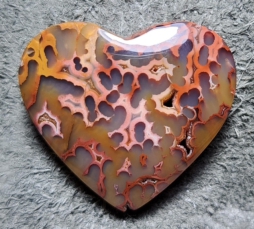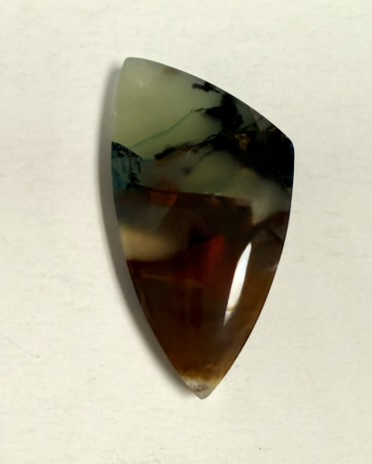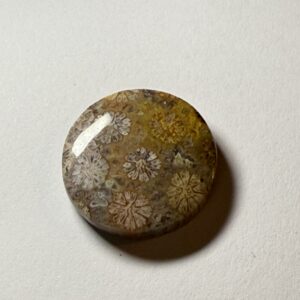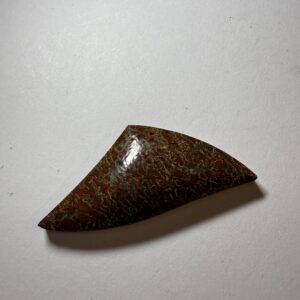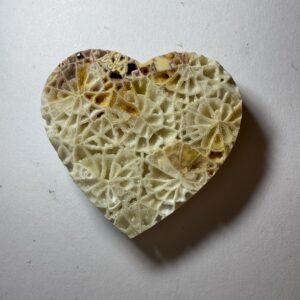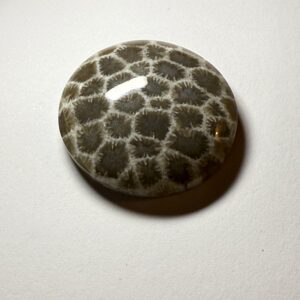Description
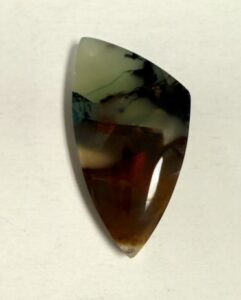
Opalized wood is Petrified Wood composed of Opal instead of Chalcedony or another mineral. This form of Petrified Wood almost always consists of common Opal and lacks the play-of-color that Precious Opal has. But there are rare instances where Petrified Wood is composed of precious Opal.
As the internal structure of a plant breaks down, it replaces the organic material or wood fibers with silica and other minerals. These minerals crystallize over a few million years, resulting in a rock that takes over the original tree’s structure and shape.
The petrification process occurs underground when the wood becomes buried in water and saturated by sediment or volcanic ash. The presence of water naturally reduces the availability of oxygen, which inhibits natural aerobic decomposition. Mineral-laden water that flows through the sediments can lead to permineralization, which happens when minerals precipitate and fill the interiors of cells and other empty spaces.
There must be a balance between the decaying cellulose, lignin, and mineral templating for the cellular detail to be preserved well. Most of the organic matter usually decomposes.
Silica, in the form of Opal-A, can permeate and encrust wood quickly in hot spring environments. However, Petrified Wood is commonly associated with trees buried in fine-grained sediments, floodplains, ash beds, and volcanic lahars.
For opalized wood to develop, a series of Rhyolitic volcanic flows resulted in a large basin enclosed by low hills. The basin contained a succession of lakes and forests of hemlock, spruce, chestnut, birch, and sequoia trees, which were periodically buried by volcanic ash that was hundreds of feet thick. A large lake formed in the basin depositing large amounts of a biogenic form of Silica called Diatomite. Seepage of super-heated water percolated through those layers of ash that carried the silica to the buried trees.
Replacing carbon in the wood with hydrated Silica caused perfect Opalized replicas of the original wood structures. The alignment of hydrated Silica spheres ultimately caused the rainbow effect of Precious Opal. It was the result of the deflection and diffraction of light that passes through the planes of hydrated silica molecules. The size of the silica spheres impacts the colors, with smaller spheres resulting in blues, while larger spheres contain shades of red.
While common Opal is abundant in the occurring areas, the conditions required for forming Opalized Wood is a combination of a stable and undisrupted environment.
Simply put, Opalized Wood is a form of Petrified Wood that has developed an opalized sheen.

